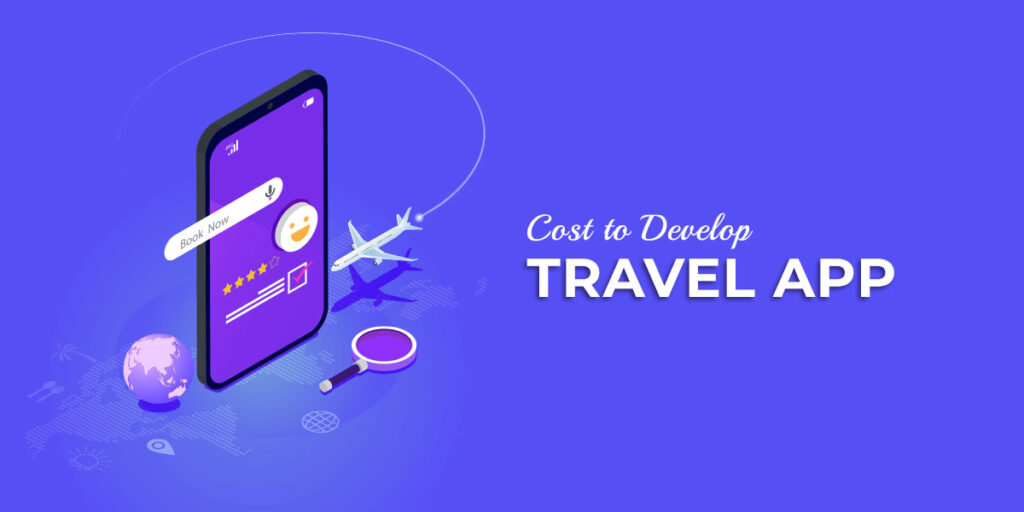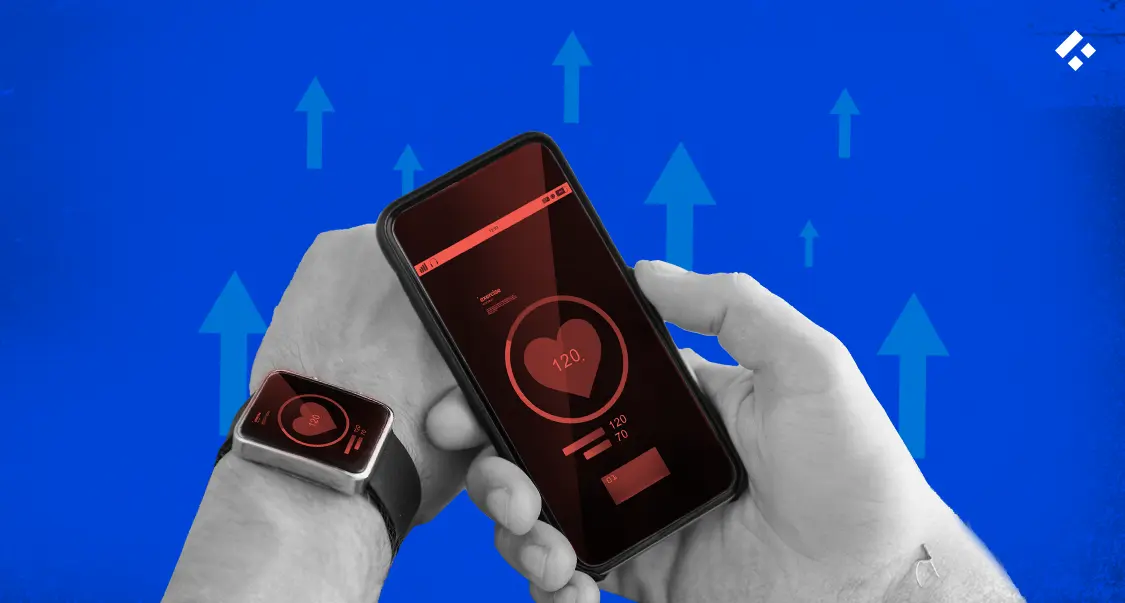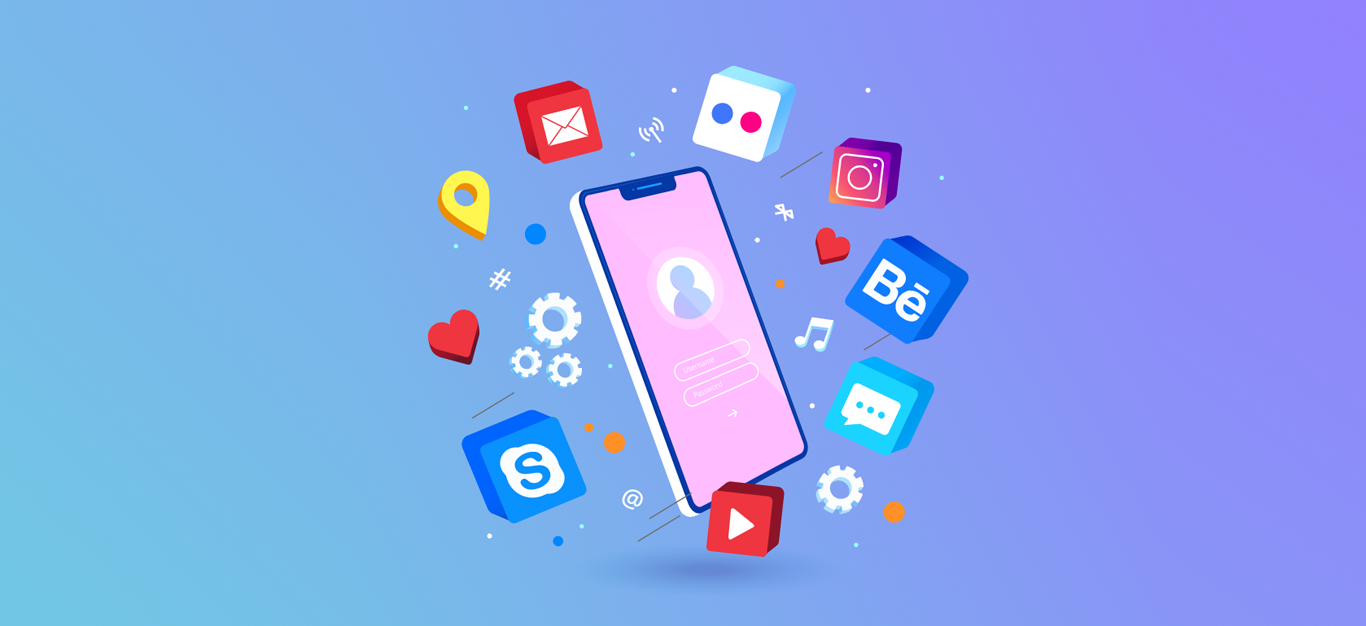In a digital world where convenience is king, travel booking apps like MakeMyTrip, Booking.com, and Expedia have become essential tools for modern travelers. Whether you’re a startup venturing into the travel tech space or an established brand aiming to go mobile-first, one critical question arises:
How much does it cost to build a travel booking app?
Let’s break it down.
🧩 Factors That Influence Travel App Development Cost
1. App Features & Complexity
The more robust and feature-rich your app is, the higher the cost. Basic apps are cheaper, while complex platforms with AI recommendations, real-time bookings, and integrated payment gateways require more resources.
Core features include:
- User registration & profile
- Search & filters (hotels, flights, activities)
- Booking engine
- Payment integration
- Reviews & ratings
- Notifications
- Admin dashboard
Advanced features:
- AI-based recommendations
- Multi-language & currency support
- Loyalty programs
- Integration with GDS/APIs (Amadeus, Sabre)
- Chatbots or travel assistants
- Travel insurance or visa support
2. Platform: iOS, Android or Both
- Single platform (iOS or Android): Lower cost.
- Cross-platform or Native apps for both: Higher but scalable.
3. Design Complexity
Custom UI/UX, animations, and transitions add to the cost. Travel apps need sleek and intuitive interfaces to improve conversions.
4. Backend Development
Handling real-time inventory, booking data, user analytics, and integrating third-party APIs requires a solid backend—contributing significantly to overall costs.
5. Development Team
Your cost will depend heavily on who builds the app:
- Freelancers: $10,000–$30,000
- Mid-tier agencies: $30,000–$80,000
- High-end agencies or global firms: $80,000–$200,000+
6. Geographic Location of Developers
Rates vary across regions:
- India/Asia: $20–$50/hr
- Eastern Europe: $40–$100/hr
- USA/UK: $100–$250/hr
💰 Average Cost Breakdown
Here’s a rough estimate based on complexity:
| App Type | Estimated Cost | Timeline |
|---|---|---|
| Basic App (MVP) | $20,000 – $40,000 | 3–4 months |
| Mid-Level App | $40,000 – $80,000 | 4–6 months |
| High-End App (with AI, API) | $80,000 – $150,000+ | 6–10+ months |
🧑💻 Ongoing Costs to Consider
- Hosting & infrastructure: $200–$1,000/month
- Maintenance & updates: 15–20% of initial cost/year
- Marketing & user acquisition: Varies based on scale
- Third-party API costs: Dynamic, based on usage
🚀 How to Optimize Cost
- Start with an MVP and iterate based on feedback.
- Use pre-built SDKs or APIs instead of custom building everything.
- Outsource to experienced app development companies in cost-effective regions.
- Use cross-platform frameworks like Flutter or React Native.
📌 Final Thoughts
Building a travel booking app is a strategic investment. While costs can vary widely based on your vision and scope, starting with a clear roadmap and a reliable tech partner can save both time and money.
If you’re planning to build a travel booking app and want expert guidance or a free quote tailored to your needs, our team at Winklix is here to help.
Want a personalized estimate for your travel app?
👉 Drop us a message or schedule a consultation.




